Leveraging AI to enable same-day delivery for grocers
Digital grocery sales are becoming an increasingly larger part of total grocery sales, a trend accelerated by the Covid-19 pandemic. Consumers were initially drawn to online grocery shopping out of necessity, but as they have become more familiar with these channels, their preferences have shifted toward e-commerce.
The U.S. Food and Drug Administration (FDA) has reported that US online grocery sales grew 55% from $62 billion in 2019 to $96 billion in 2020, when just 8.8% of total grocery sales were attributed to online shopping.
Just two years later, in 2022, the U.S. Department of Agriculture (USDA) noted that nearly 20% of US shoppers bought groceries online, and approximately 70% of these online shoppers bought two or more groceries online in the previous 30 days (Figure 1).
Figure 1: By 2022, 19.3% of US grocery shoppers used online platforms and home delivery services.
Fuelled by rising demand, the same-day grocery delivery space is rapidly evolving, powered by advancements in artificial intelligence (AI) and machine learning (ML).
As more and more consumers are choosing the convenience of home delivery, grocers are developing their own e-commerce platforms and delivery services to control the customer experience and capture the data that can be gleaned from these transactions.
Many grocers are also forming strategic partnerships with third-party logistics providers like Amazon, Shipt, Instacart, and DoorDash to enhance their service offerings and reach. Same-day delivery, in which a customer places an e-commerce order and receives it within the same calendar day, has played a pivotal role in driving this shift in consumer purchasing decisions. Online consumers are now accustomed to same-day delivery, making it a decisive factor in where and how they shop.
Consumer trends in the same-day grocery delivery industry are also evolving rapidly, driven by changing lifestyles, technological advancements, and shifting preferences. Consumers value reliability and convenience, opting for on-demand delivery that allows them to select specific time windows when they can expect to receive their groceries.
For example, one survey by a global consulting firm found that German online shoppers were willing to pay a 43 percent surcharge on same-day delivery to have their purchases delivered within a defined two-hour period.
Challenges with same-day delivery
While customers continue to demand more from their home delivery services, for grocers, same-day delivery presents unique challenges that can impact their operational efficiency, as well as customer satisfaction.
These challenges get even trickier for grocery delivery services like Shipt or Instacart, that are largely dependent on gig workers (Shoppers) to make deliveries within fixed time windows. The three most common problems faced by grocers and grocery delivery services include:
1. Logistical complexity:
· Stock availability: Ensuring that the right products are available in sufficient quantities to prevent out-of-stock situations is a complex process.
Out-of-stock items are a major concern for grocers who are trying to build their online presence. Illustrating the problem, a report from Kroger’s’ data analytics firm reveals that 23% of omnichannel shoppers will search elsewhere online if their grocer has items out of stock.
· Demand and supply forecasting: Success in the same-day delivery arena requires predicting order demand and availability of gig workers (supply) accurately, daily, as it fluctuates based on factors like weather, holidays, and local events.
2. Delivery cost efficiency:
· High operational costs: Same-day delivery incurs high operational costs related to labor, transportation, and logistics infrastructure. Optimising routes to meet the delivery window expectations, while minimising time and fuel costs, is highly challenging.
· Urban vs. rural Delivery: In densely populated urban areas, traffic congestion and parking issues can delay deliveries and increase costs, while in rural areas, longer distances and fewer customers per route can make same-day delivery less cost-effective and more time-consuming.
3. Customer behaviour and satisfaction:
· Last minute orders: Increasing customer preferences for quick delivery, which requires grocers to handle a high volume of last minute orders, can disrupt planned schedules and routes. Also, handling special requests or substitutions effectively is key for high customer satisfaction.
· Personalisation: Customers expect personalised services, including specific delivery times and precise product selections, which adds complexity to the delivery process.
How grocery delivery services leverage AI and ML for same-day delivery
AI and machine learning offer powerful tools to address the many challenges associated with same-day delivery for grocers. The following examples illustrate how grocery delivery services have applied these technologies to deliver on-demand orders for millions of their customers.
AI solutions to manage logistical complexity
Out-of-stock situations can significantly impact customer satisfaction and loyalty in grocery delivery services. We have employed several strategies to mitigate this issue:
· Real-time inventory integration: We implemented API (application programming interface) integration with our retailer inventory systems to ensure real-time inventory updates and set up alerts for low-stock items, to inform customers of potential out-of-stock situations before they place an order.
· Smart substitutions: The out-of-stock problem can happen when the customer is placing an order or when the shopper is shopping for the item in the store.
For both situations, we suggest substitutions to customers for a similar or higher-value product based on a smart algorithm that we have developed. Customers can set their substitution preferences during the ordering process for low-stock items.
· Multiple retail partnerships: We have established relationships with a wide range of retailers to ensure a broader inventory pool, reducing the likelihood of stockouts.
The imbalance between order demand and the supply of gig workers is a critical challenge for grocery delivery services. Here are some of the key strategies we have used to address this issue:
· Demand and supply forecasting: We developed ML models to predict demand spikes based on historical data, weather patterns, holidays, and local events.
This enables better planning and resource allocation. We also let gig workers view predicted demand forecasts and plan their schedules accordingly. This helps ensure adequate worker availability during peak times.
· Demand and supply management: We offer flexible delivery windows to spread demand more evenly throughout the day, and encourage customers to choose less busy times by offering discounts and incentives. Similar incentives to gig workers help to increase the supply pool during the peak period.
· Dynamic surge pricing: We developed a machine-learning model to estimate surge pricing, and define when to offer surge prices based on factors such as peak period, the number of gig workers scheduled, the urgency of the order, etc.
For example, if an order is placed at 2:00 pm for delivery between 4:00 pm and 5:00 pm, the estimated shopping and delivery time is 75 minutes, and the average time for a gig worker to drive to the store is 30 minutes.
Thus, the order needs to be claimed by 3:15 pm at the latest (5:00 pm minus 75 minutes minus 30 mins). This means that the surge pricing needs to be applied before 3:15 pm if the order remains unclaimed for it to be delivered on time (Figure 2).
Figure 2: Illustration of timing when surge pricing could be applied. (Source: Sanjeev Prakash)
Route optimisation and AI solutions to improve delivery cost efficiency
Improving delivery cost efficiency is critical for grocery delivery services to maintain profitability while offering competitive prices to customers.
One key strategy that most delivery service companies utilise is the batching concept, in which they group multiple orders that are geographically close together into a single delivery trip, to maximise vehicle capacity and reduce the number of trips.
For example, imagine there are two orders A and B with individual shopping times of 10 minutes and 20 minutes, respectively, and separate delivery times from the store of 15 minutes and 25 minutes.
Figure 3 illustrates how batching these two orders together using route optimisation algorithms saves time, and thus reduces delivery costs for the company.
Figure 3: Simple illustration of how the batching concept saves labour time. (Source: Sanjeev Prakash)
Another important consideration in Batching is holding time, which refers to how long an order should be held for Batching until it is offered in the market as a single order.
For example, let's say an order is placed at 2:00 pm for a delivery scheduled between 4:00 pm and 5:00 pm. The estimated shopping and delivery time for this order is 75 minutes. Additionally, the average time for a gig worker to drive to the store is 30 minutes, and the average time for a gig worker to claim the order is 45 minutes.
Given these times, we need to calculate the maximum holding time for the order to be batched. To ensure the order is delivered within the requested time frame (by 5:00 pm), we can hold the order for batching until 2:30 pm.
The calculation looks like this:
Delivery window ends at 5:00 pm.
Latest time to start shopping = subtract the estimated shopping and delivery time: 5:00 pm minus 75 minutes equals 3:45 pm.
Latest time to start driving to the store = subtract the average drive time to the store: 3:45 pm minus 30 minutes equals 3:15 pm.
Latest time to Hold the order for batching = subtract the average time to claim the order: 3:15 pm minus 45 minutes = 2:30 pm.
Therefore, the order could be held for a maximum of 30 minutes (from 2:00 pm to 2:30 pm) for a Batching decision by the optimisation logic (Figure 4).
Figure 4: Illustration of how long an order is held for the batching decision to deliver it on time. (Source: Sanjeev Prakash)
Enhancing customer satisfaction with AI solutions
Grocery delivery services leverage AI to predict last minute order surges and adjust inventory and the supply of gig workers accordingly to meet customer demands efficiently.
AI powered chatbots and notification systems provide real-time updates to customers about their order status, estimated delivery times, and any changes, improving transparency and trust.
Moreover, the prioritisation of orders based on factors such as delivery deadlines, customer loyalty, and order size helps ensure that the most critical deliveries are completed first.
As the above examples illustrate, grocers can significantly reduce operational overhead and overcome many of the challenges associated with same-day delivery, leading to more efficient operations, cost savings, and enhanced customer satisfaction, by integrating AI and ML solutions into their daily operations.
Investing in innovative technologies, and the personnel and training to optimise their use, will likely produce a positive return on investment and contribute to better profitability.
About the author
Sanjeev Prakash is Director of Product Management at Shipt, a subsidiary of Target that serves millions of customers with convenient and personally curated grocery shopping and delivery services.
Widely respected as an innovator in his field, in his current role, Prakash applied nearly 20 years of experience to implementing AI solutions that transformed the company’s cost efficiency, driving a new level of profitability.
He earned a Bachelor of Technology degree in Computer Science and Engineering from India’s National Institute of Technology, and received an M.B.A. from the University of Rochester Simon Business School in Rochester, New York.
















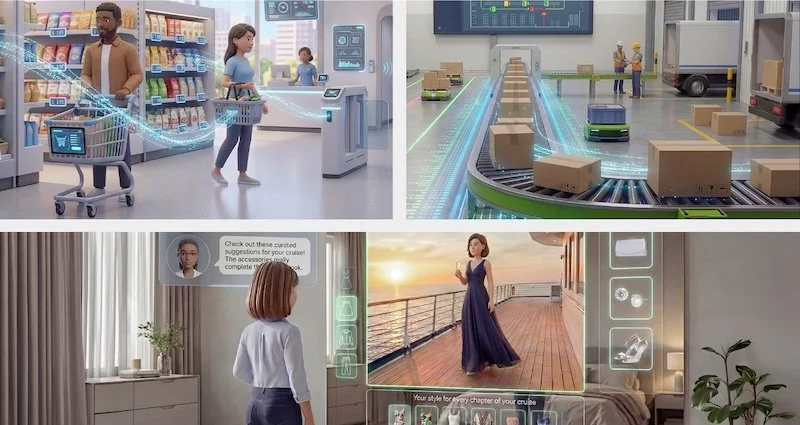



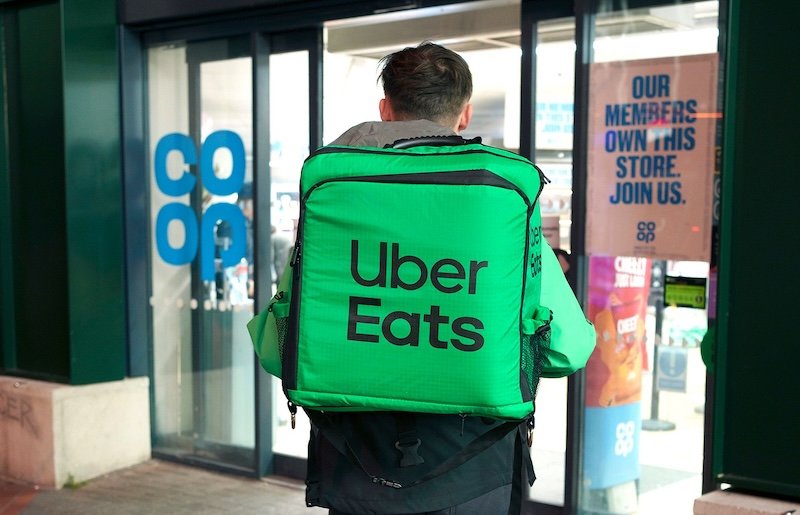







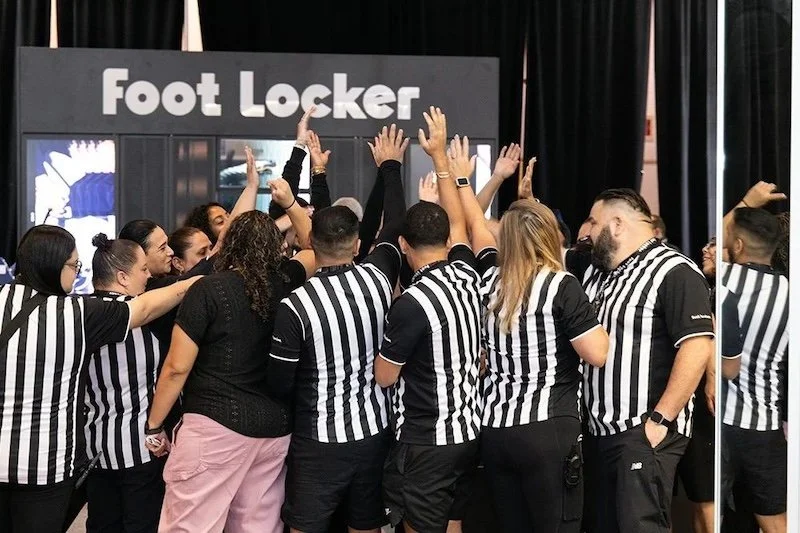

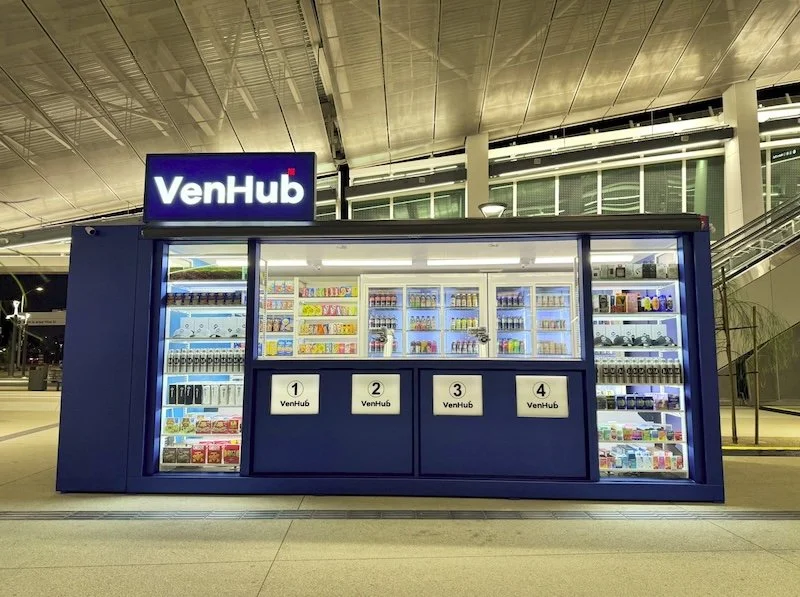
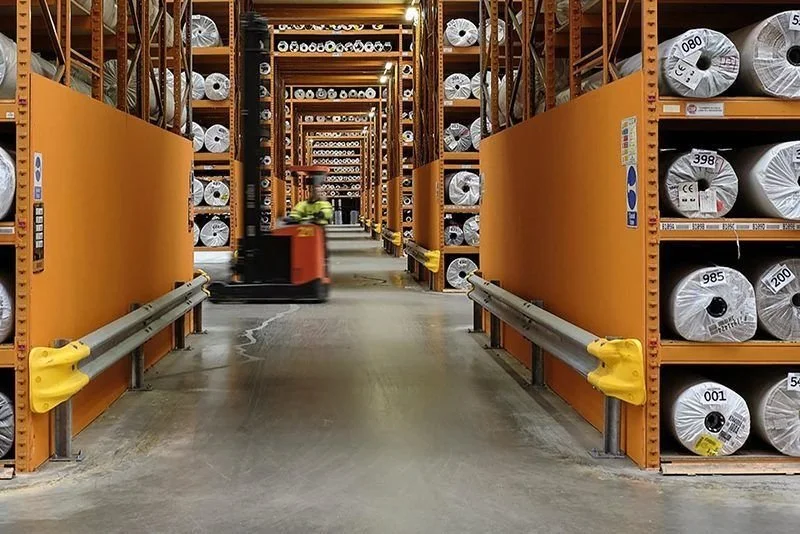



Continue reading…